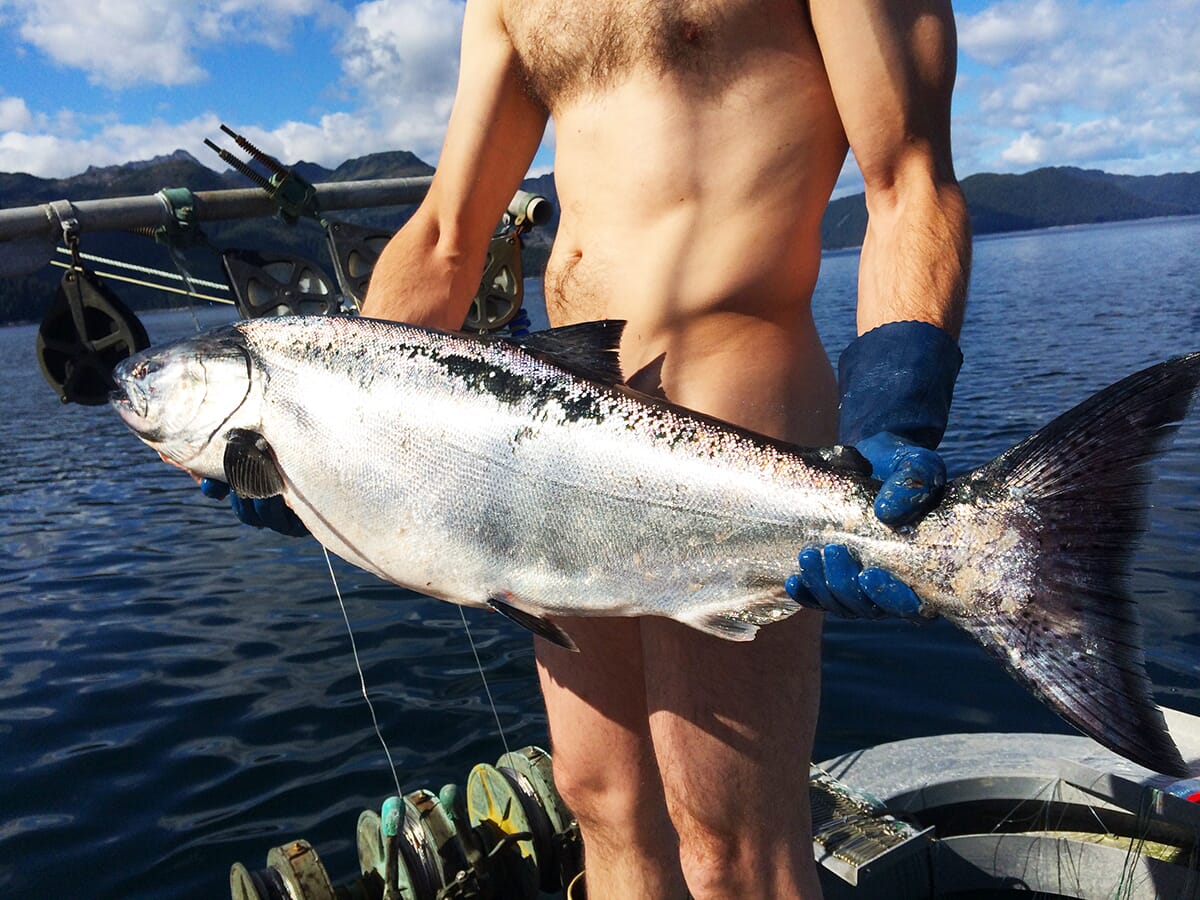Sullivan was able to reshuffle a packed travel schedule to fit in the fisheries event, said Ben Sparks, campaign manager. Sullivan initially was going to be in Bethel on a multi-day swing through Southwest Alaska during the time of the Kodiak event.
“Dan recognizes the importance of Alaska's fisheries, and our campaign has rescheduled our southwest swing to ensure that Dan could make the debate. He looks forward to a healthy exchange of ideas with Mark Begich on the future of Alaska's fisheries, and is excited to attend the debate in Kodiak," his campaign said in a prepared statement.
Since 1990 the fisheries debates have been an election year tradition and always have attracted 100 percent participation by leading candidates. The debates are limited to one topic: Alaska’s seafood industry.
Sullivan, a former Alaska Attorney General and Dept. of Natural Resources Commissioner, will face off for one hour against incumbent senator Mark Begich, chair of the US Senate subcommittee on Oceans, Atmosphere, Fisheries and Coast Guard.
Also on deck: for a second hour, US House Representative Don Young will debate fish issues against Democratic newcomer Forrest Dunbar, who said he is expecting it to be tough.
"Don Young has 40 years inside the Beltway; it will be difficult to match his knowledge of all the federal regulations he helped create. But I worked as a commercial fisherman growing up in Cordova, and I care passionately about our fishing industry," said Dunbar. "I'll be taking my own preparation seriously in the coming weeks."
The Congressional Fisheries Debate is set for Weds. Oct. 1 from 7-9 pm and will be broadcast live via KMXT/Kodiak and AK Public Radio Network stations.
Naked Truth - World class fisheries depend on clean water and Southeast Alaskans are stripping down to make that point.
“Water quality issues are becoming the biggest issues we have to deal with in Southeast. Long ago it was forestry, but as that industry has slowed down and mining and industrial tourism via cruise ships has sped up, our relatively pristine waters face more threats than they ever have,” said Malena Marvin, executive director of the Southeast Alaska Conservation Council which has advocated for protecting the world’s largest temperate rain forest, the Tongass, since 1970.
To highlight the need to keep it clean, the Council has launched the Inside Passage Water Keeper program, and aligned itself with the International Water Keeper Alliance.
“We’ll have our own chapter here that will be networked with water keepers all over the world,” Marvin said.
A Naked Truth about Clean Water calendar for 2015 is one of the items being rolled out this fall to introduce the Inside Passage program. The call is out for photos from Southeast fishermen, charters, whale watchers - water lovers of all kinds can bare it all, but demurely hiding the goods.
“We want people to have fun and think of cool ways to showcase how their family or their business depends on Southeast Alaska’s amazing clean water,” Marvin said. “Obviously, we are only looking for G rated photos, so keep the fish or the kayak or what have you strategically placed.”
Entries should also include a statement with your take on the naked truth about clean water.Deadline is October 1. Along with the calendar display, winners get “regional notoriety” and a t shirt. Info@seacc.org

Fish watch - Fall means it is time for fish meetings that shape the management and oversight for all of Alaska’s fisheries. The plan to rein in Gulf of Alaska trawl bycatch via some form of catch share program will top the North Pacific Fishery Management Council’s agenda in early October. Also –setting a P-cod quota for a CDQ small boat fishery and observer deployment plans for next year. The Council oversees all fisheries in federal waters, meaning three to 200 miles out. The NPFMC meets October 6-14 at the Anchorage Hilton.
Closer to shore, the state Board of Fisheries will get its meeting cycle underway at a two day work session starting Oct. 15 in Juneau. Salmon and other fisheries at Prince William Sound, Upper Copper River and the Upper Susitna River start the regional focus this year, followed by Southeast and Yakutat finfish and crab management issues. The “fish board” oversees all commercial, sport and subsistence fisheries in state waters. It will meet in Cordova, Wrangell and Sitka throughout the winter.
The meetings could get shaken up by the 27 out of cycle agenda changes being proposed by various fishing stakeholders. One third of the proposals come from Cook Inlet where big management changes were put in place by the Board last year.
Coming soon – catch numbers for mid-October Bering Sea crab fisheries will be out soon, followed by preliminary catch numbers for 2015 halibut catches.
Hats off to the United Fishermen of Alaska, which is celebrating 40 years of advocating for Alaska’s fishing industry. UFA is the nation’s largest fishing trade association with nearly 40 member groups.
An awards ceremony and banquet is planned for September 26 at the Captain Cook in Anchorage.
Veteran fisheries writer Wesley Loy is the editor at Pacific Fishing Magazine. He takes over for Don McManman who retired. Loy also writes the popular Deckboss blog.



